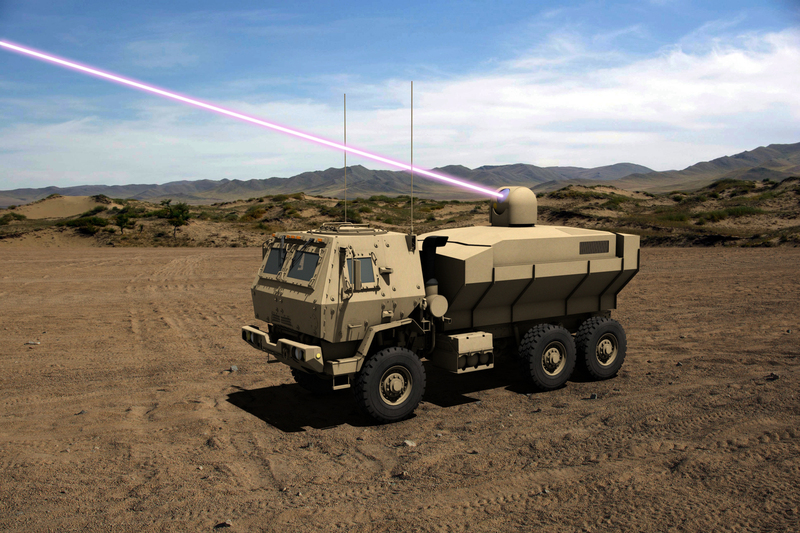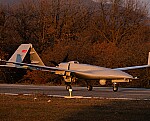European Defense Fund allocates $1.3 Billion for laser weapons and 52 defense initiatives
The European Defence Fund (EDF) has announced a significant investment of €1.03 billion ($1.3 billion) in 54 multinational research and development military projects. This substantial funding aims to enhance Europe’s defense capabilities across various domains, including air, ground, and naval combat. Among the notable initiatives are the development of advanced laser weapons, new main battle tanks, and innovative airlift capabilities. This article delves into the key projects and their potential impact on European defense.

Comprehensive defense investment
The new funding, unveiled by the European Commission (EC) on Thursday, is a result of a 2023 call for proposals. It marks a major milestone in European Union (EU) defense research and development, pushing total EU spending in this sector to over €3 billion ($3.25 billion) since May 2021. The EC emphasized that the selected projects span a wide range of defense capabilities, including cyber defense, ground, air, and naval combat, protection of space-based assets, and Chemical, Biological, Radiological, and Nuclear (CBRN) defense.
Air domain initiatives
In the air domain, the European System for Outsized Cargo Airlift (ESOCA) project has been allocated just under €20 million ($21.7 million) over 18 months. Led by Germany’s Airbus, with contributions from French engine-maker Safran and Italian aircraft manufacturer Leonardo, ESOCA aims to explore both short- and long-term strategic airlift capabilities. This project is crucial for enhancing the EU’s ability to transport large and heavy cargoes, a capability that is essential for rapid response in military and humanitarian operations.
Ground-Based projects: MARTE and FMBTech
Two flagship projects in the ground domain focus on the development of a new European main battle tank. The Main ARmoured Tank of Europe (MARTE) and Technologies for existing and Future MBTs (FMBTech) involve over 70 industrial players and research organizations. These projects aim to design a main battle tank that offers superior protection, detection, and firepower capabilities while improving cost-effectiveness and lifecycle efficiency. Germany’s MARTE ARGE GbR leads this initiative, collaborating with partners such as Italy’s Aisent, Sweden’s BAE Systems Bofors, Belgium’s FN Herstal, and Spain’s Indra. The total EU funding for these projects is nearly €20 million ($21.7 million).
Counter-Unmanned aerial systems (C-UAS)
To bolster air and missile defense, the European C-UAS project will develop technologies to defeat drones, focusing on both passive and active sensors, along with soft and hard kill effectors. This project, led by Leonardo, is backed by EU funding of up to €43 million ($47 million) over 42 months. The development of advanced C-UAS capabilities is crucial in addressing the growing threat posed by unmanned aerial systems in modern warfare.
Naval projects: European patrol corvette
The second phase of the European Patrol Corvette program (EPC2) will deliver two prototype ships over four years. This project aims to integrate innovative solutions, technologies, and systems to enhance the efficiency and capabilities of the vessels. Led by Naviris, a joint venture between France’s Naval Group and Italian shipbuilder Fincantieri, the project has a funding ceiling of €155 million ($196 million). The development of these prototypes will include a Full Combat Multipurpose and a Long Range Multipurpose design, along with a land-based test facility to de-risk and qualify systems and technological components.
Laser-Based directed energy weapons: TALOS-TWO
One of the most ambitious projects is the second phase of the Tactical Advanced Laser Optical Systems (TALOS) project, known as TALOS-TWO. This initiative aims to develop 100 kilowatt-class laser weapons by 2030. Managed by France’s CILAS, the project has been allocated €25 million ($32 million) over three years. TALOS-TWO will focus on developing high-power laser demonstrators, simulating combining methods using different laser sources, establishing a European supply chain for laser technologies, and investigating the effects of high-energy lasers on targets.
Next steps and strategic implications
The EC has stated that the next steps involve preparing grant agreements with the consortia involved in the chosen proposals, with all grants expected to be signed before the end of 2024. These projects are set to commence shortly thereafter. The announcement of these projects follows the launch of the EC’s first Defence Industrial Strategy, which aims to enhance the competitiveness of Europe’s industrial base and ensure a high level of manufacturing readiness to withstand external threats, particularly from Russia.
Conclusion
The European Defence Fund’s investment in these 54 projects represents a significant step forward in strengthening Europe’s defense capabilities. By focusing on advanced technologies and collaborative efforts, the EU is positioning itself to address current and future security challenges effectively. The development of novel weapon systems, new main battle tanks, advanced airlift capabilities, and enhanced naval vessels will play a crucial role in ensuring the safety and security of Europe in the coming decades.










